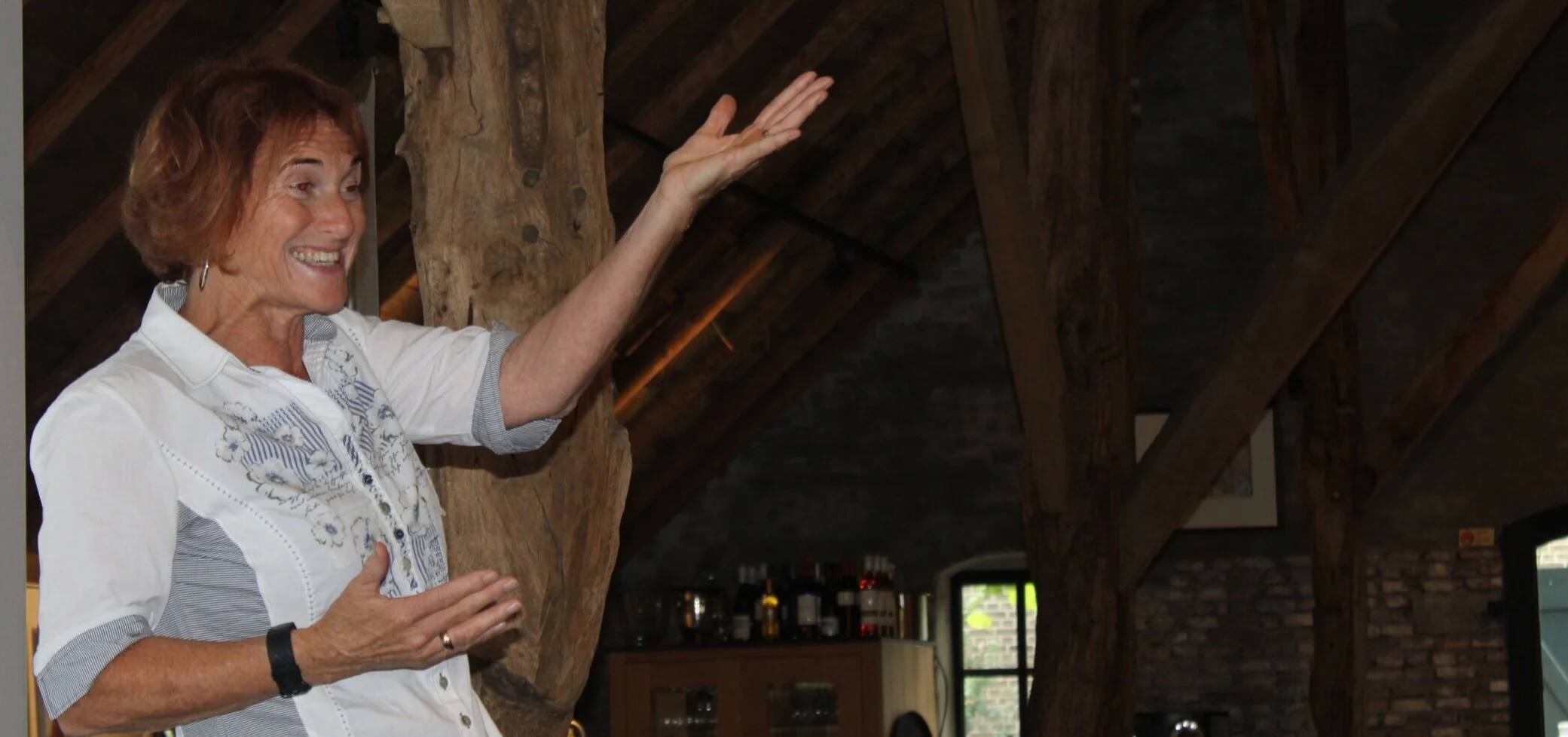The following links will take you to the most recent drafts of our postural assessment forms. These are ‘drafts’ because they are still evolving as clinicians and other professionals working in the field of postural care continue to provide valuable feedback and suggestions for improvement.
These are in no way meant to replace other assessment forms that are currently being used as we recognise that there are a number of important factors to take into account during the wheelchair prescription process. Rather, these forms are meant to outline the steps we find necessary to follow to ensure we are conducting a thorough hands-on assessment in order to gather the information we need in regards to body function and structure, activities, and participation in our own clinical practice. You are welcome to use them if you feel they would be of benefit.
The first form is a pre-assessment questionnaire. This was developed based on feedback from clinicians who felt it may be beneficial to have a simple questionnaire available to send to clients, families, and/or care teams prior to the initial assessment in order to save time hunting for information during the scheduled appointment. The pre-assessment is also proving to be a very important component when conducting assessments via Telehealth. This first form can take the place of the first page of the second form if you so choose, though we do recommend conducting a thorough interview with the client/family/care team to build rapport and confirm information provided on this questionnaire.
The second form begins with background/history questions similar to those on the first form. Following the interview questions, the second form takes you through each step of the hands-on assessment from sitting to supine to your simulated solution. We recommend documenting all potential seating solutions discussion as well as the positive and potentially negative consequences of each alignment strategy in regards to the components of the ICF framework. We also recommend documenting any questions raised by the client/family/care team, the response to these questions, and whether or not a consensus was agreed regarding an appropriate seating solution between the client/family/care team, clinician, and any other professional involved such as the supplier.
The third form is a simple document to provide you with an outline for documenting followup encounters after the initial assessment.
All forms can be filled using Adobe or by printing and filling by hand.
Access each form by clicking on the following links:
Do you have any feedback or suggestions for further improvement? Leave a comment below!
